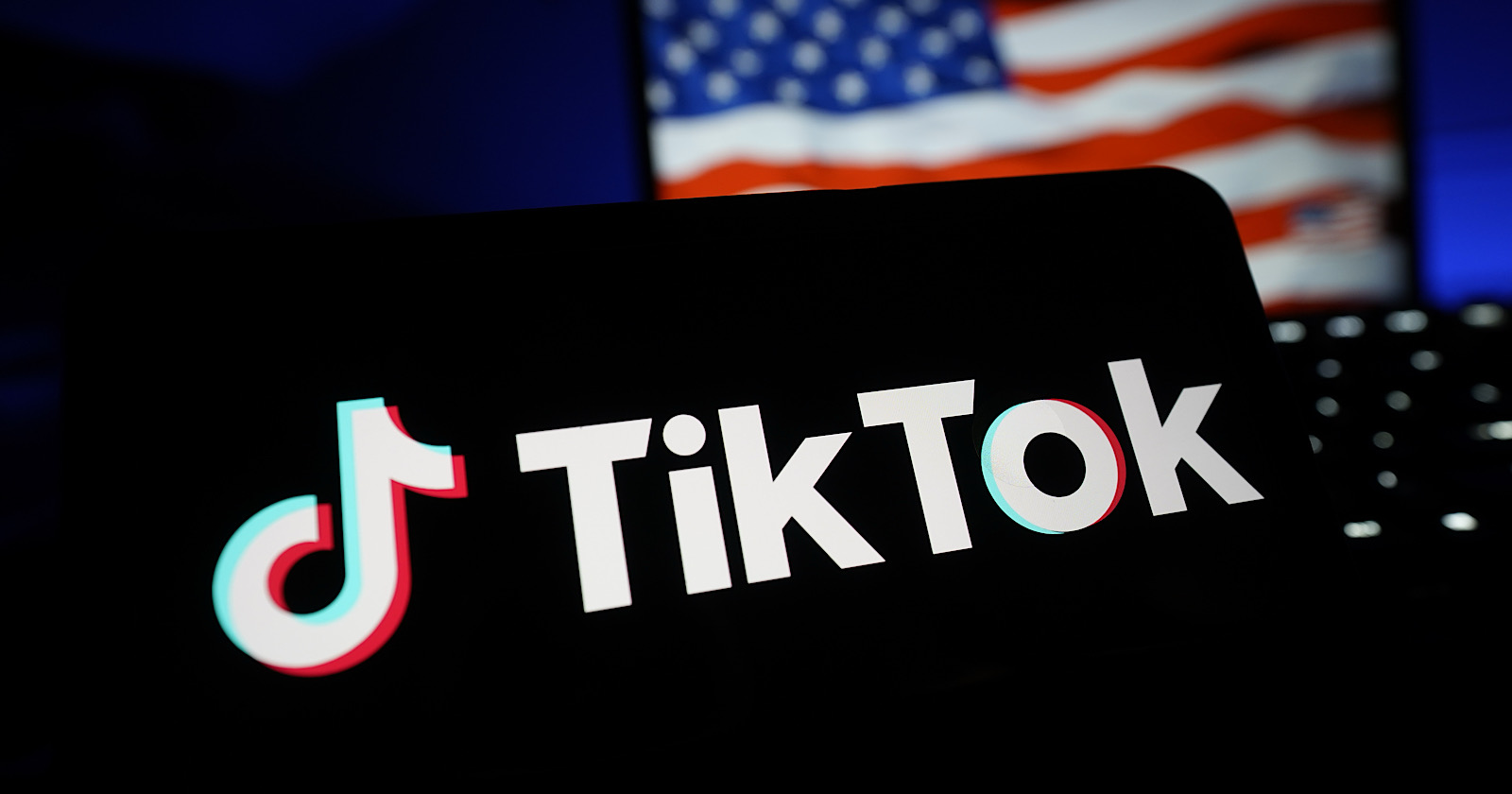How to make sense of marketing mix modeling—and make it work for your brand
DAC debunks the four biggest marketing mix modeling myths and offers best practices using insights from hundreds of studies.

It may seem surprising that an old-school practice like marketing mix modeling (MMM) continues to be associated with widespread myths and misconceptions. But given its resurgent role in the marketing analytics toolkit, it is time to separate fact from fiction.
Marketing mix modeling provides critical information to the C-suite about how to spend marketing budgets. In today’s “show me” environment, marketing dollars are increasingly being shifted away from traditional, upper-funnel media like linear TV and toward performance-based channels at the lower end of the funnel, where clearer measurement techniques provide more opportunities for provable returns.
With channel-by-channel insights into media spending’s impact on sales, for example, an MMM analysis can help marketers determine whether to reinforce such channel shifting strategies, or to pull back. And crucially, it does so in a privacy-safe manner, by avoiding the user-level data that marketers can no longer depend on gathering in the cookie-less world.
In recent years, DAC has performed hundreds of MMM analyses across dozens of industries. We have seen MMM and similar analytical approaches bring significant benefit, clarity and media allocation confidence to clients in a vast array of categories that range from financial services, insurance and e-commerce to specialty retail, art supplies and fashion.
What to expect (and not to expect) from MMM
Marketing mix modeling is a macro budget-level analysis. It does not depend on visibility into the consumer journey, or require user-level data such as impressions and clicks, in order to run the model. An MMM analysis does not get into campaign-level tactics or consider whether one piece of creative outperformed another. Nor does it have anything to do with multi-touch or last-touch attribution at the user journey level. It strictly a way to validate or refute decisions that are made at a budget-setting level.
Concerns over costs and the granularity of data are among the most frequently cited limitations of marketing mix modeling. But many of these concerns stem from beliefs held over from a previous era that disguise the true value of the practice.
Here is what brands need to know about the four biggest myths of MMM.
Myth 1: Marketing mix modeling tells you what to do with your budget.
Media mix models can produce optimized budget splits across channels based on historical data. For example, they can tell a brand that it is overfunded on TV spending by 15% and underfunded on paid social ads by 5%, and how these breakdowns vary regionally, say, between the West and East Coast.
What this data cannot do is predict which budget strategies and tactics may or may not work in the future. MMM outputs can be used to build forecast models, but are not a forecast on their own. A brand may wish to introduce new channels that were not present in the original model, or the business objective may pivot towards a different priority, in which case the calculated channel mix may no longer be appropriate.
Myth 2: Building a sustainable practice is too costly for the organization.
Industry guidance on best practices tends tends to give marketers the impression that building an MMM capability requires a six-figure investment and terabytes of historical data in an enterprise-level data warehouse.
Here’s the truth for the majority of brands: If you have historical data on what you spent where—it could simply be exports from platforms such as Google Ads, Meta and Pinterest—as well as your conversion metrics, you can build a marketing mix model with a comparatively low investment.
Myth 3: If I can’t measure everything, I shouldn’t measure anything.
Most brands do not have to boil the ocean to derive value from an MMM study. Instead of looking for every competitive signal, every product sales by week or external market force that touches your industry, they can just look at how much money was spent on media per week per channel at a macro level, and overlay sales data. Regression models with a simple data set can produce a baseline of a mix that either refutes or supports previous budget decisions.
Myth 4: AI-based platforms are the answer to all of my problems.
Advances in machine learning and artificial intelligence provide tremendous benefits to marketing mix modeling. But AI alone cannot solve every MMM problem.
Depending on the questions that are being asked, and the dataset, some methods may perform better than others. When selecting tools and third-party vendors, marketers must decide if the method is the best fit for their data and their objectives, and understand what parameters in the model can be adjusted to ensure that best fits and generalizations are possible.
A new type of data dependency
As marketers continue to assess the role that marketing mix modeling can play within their organizations, they will need to grapple more broadly with what it means to be data dependent in the privacy-first era. The shift away from user-level data collection to a more macro-level analysis like MMM tends to create the impression of a false choice: Some marketers expect marketing mix modeling to solve all their budgetary problems. Others say it’s too crude and not tactical enough.
But let’s not let the perfect be the enemy of the good. The MMM train has left the station. Marketers have to get on board with the right mindset and approach to meet the measurement challenges ahead.

 Tfoso
Tfoso 
































